Art & Exhibitions
Borrow, Barter, Crowdsource: How Small Countries Bootstrap Their Way to the Venice Biennale
These artists and curators had to think outside the box in order to secure the biggest professional opportunity of their lives.
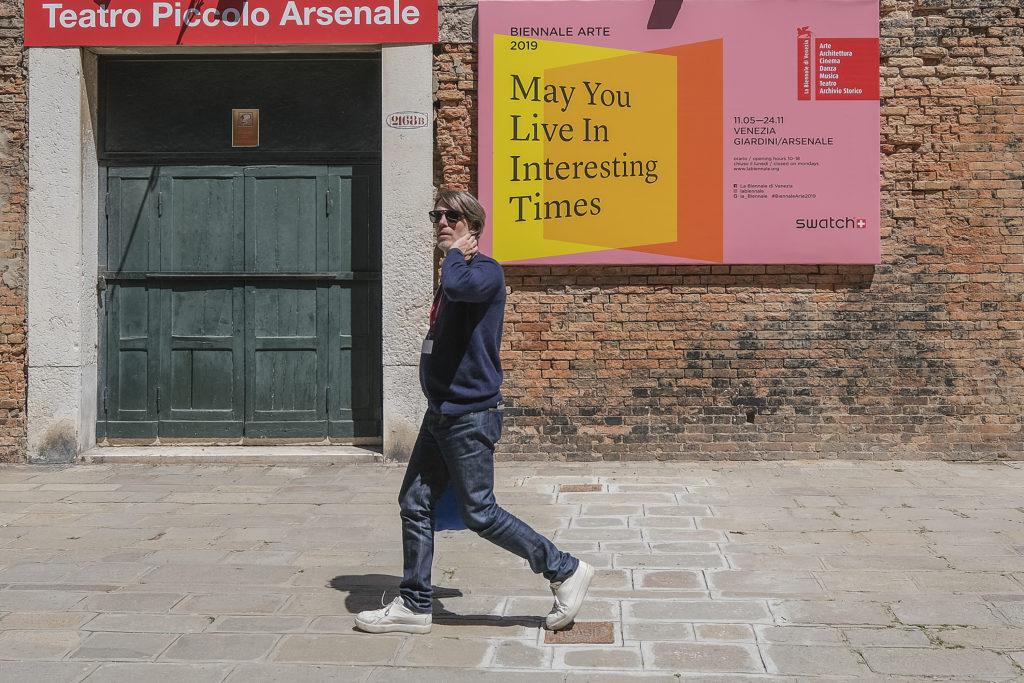
These artists and curators had to think outside the box in order to secure the biggest professional opportunity of their lives.

Julia Halperin

Malaysia will participate in the Venice Biennale for the first time this year. And it’s all because one woman decided to write a letter to the Prime Minister.
After Malaysia’s historic election of a new government last spring, Kuala Lumpur-based gallery owner Wei-ling Lim had an idea. In a fit of national pride, she wrote to the country’s new leader to convince him that Malaysia should have a presence at the Venice Biennale. To her surprise, he replied.
“He said, ‘If you can go and fundraise and get it all together, we will support you,’” Wei-ling recalls. “And I’m thinking, ‘OK… how difficult can it be?’”
As it turns out, the answer is: very difficult. The Venice Biennale is not only the art world’s most prestigious international art exhibition, it is also one of the most demanding. Countries from across the globe must rapidly raise money, ship art to a tiny island, secure a space (which might be hundreds of years old and ill equipped to present cutting-edge work), and staff it for the entire six months of the biennale—all while making sure they are putting their best foot forward on the international stage.
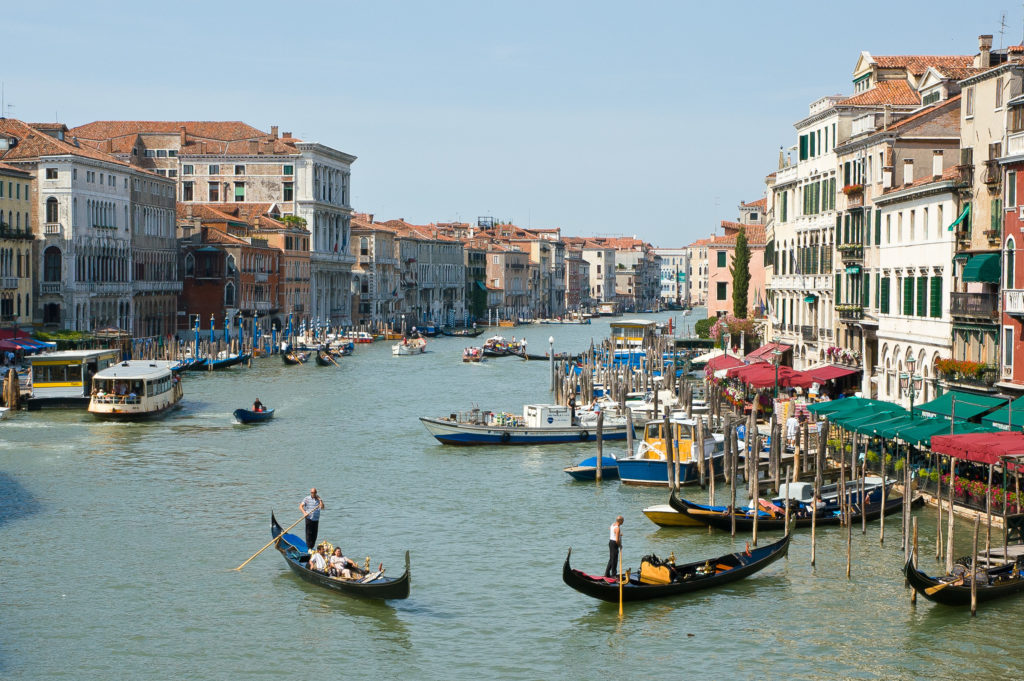
The view from the Ponte di Rialto in Venice. Creative Commons.
This is a tall order for any nation, but it is particularly challenging for smaller countries, which often have less financial and logistical support from their governments and fewer high-profile artists with international gallery representation or deep-pocketed collectors to help foot the bill.
But where there is a will, there is a way—and these countries have bootstrapped themselves all the way to the biennale. “To say that we are doing this on a shoestring would be overstating the obvious,” says Susan Mains, the commissioner of the Grenada Pavilion.
Costs to participate in the biennale range dramatically based on the ambition of the presentation. Those we spoke to quoted costs from $110,000 (for the Ivory Coast’s pavilion) to almost $300,000 (for Kosovo’s pavilion).
While many smaller countries require artists to finance their own production costs and travel, commissioners are still responsible for securing a significant portion of the total budget. In addition to lobbying governments, applying for grants, and schmoozing foundations and collectors, they sometimes must get even more inventive.
Susan Mains, the commissioner of the Grenada Pavilion, secured some funding from START, an Italian nonprofit that supports the visual arts. (The same organization footed nearly the entire bill for Guatemala’s pavilion.) But she also organized a benefit auction of work generously donated by artists who had participated in Grenada’s Pavilion in 2015 and 2017. “Private patrons stepped up and it was a very successful evening,” Mains says.

Top, the artworks and supplies for the Pavilion of Malaysia. Below, the site.
Wei-ling of Malaysia convinced corporate sponsors to come on board by promising them free advertising. Meanwhile, she persuaded a local media conglomerate to give her three large billboards in Kuala Lumpur, where she was able to both promote the country’s exhibition to a local audience and include the sponsors’ logos, making good on her promise. “We tried to leverage what people would give us,” she says.
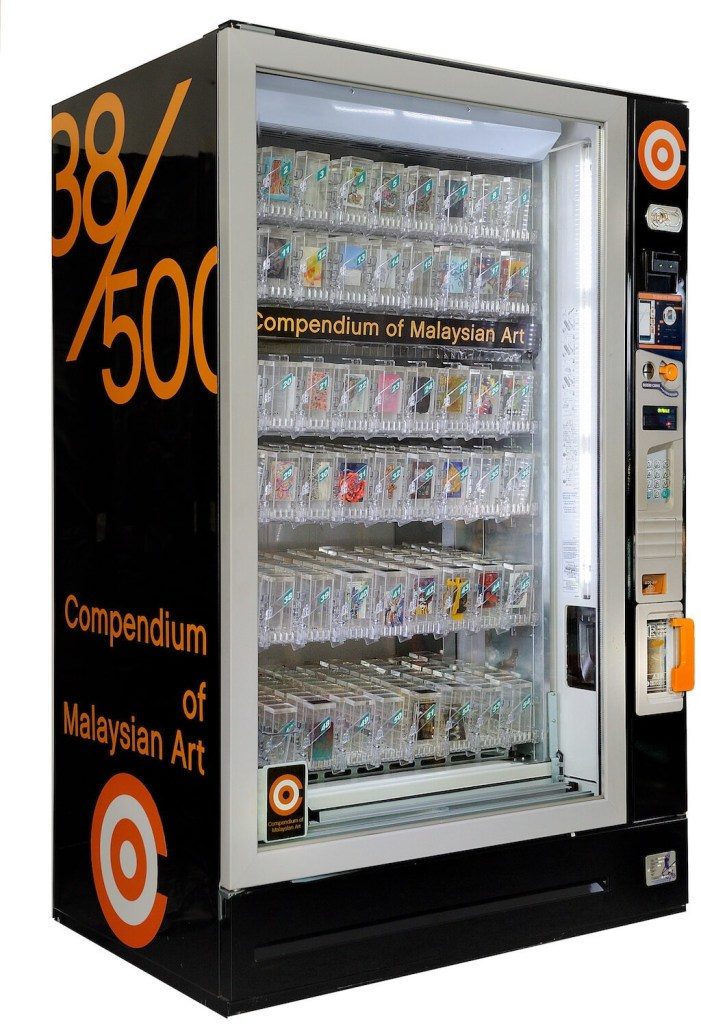
Ivan Lam’s Coma (2013). Courtesy of the artist and Wei-Lei Gallery.
Pride can’t be part of this equation either, she adds. “It was embarrassing in some ways because I was just calling friends up asking them to get me meetings with this bank or this person. I’ve never written so many letters in all my life.”
For artists, raising money can often become a second job on top of making work for what might be the most important and best-attended exhibition of their lives. Fundraising “requires constant emails and meetings, which has occupied my life since September,” says artist Billy Frank, one of the four artists representing Grenada. “Basically my mornings are dedicated to taking care of business side of things, and by noon I have to shift gear to go into a creative zone to create work.”
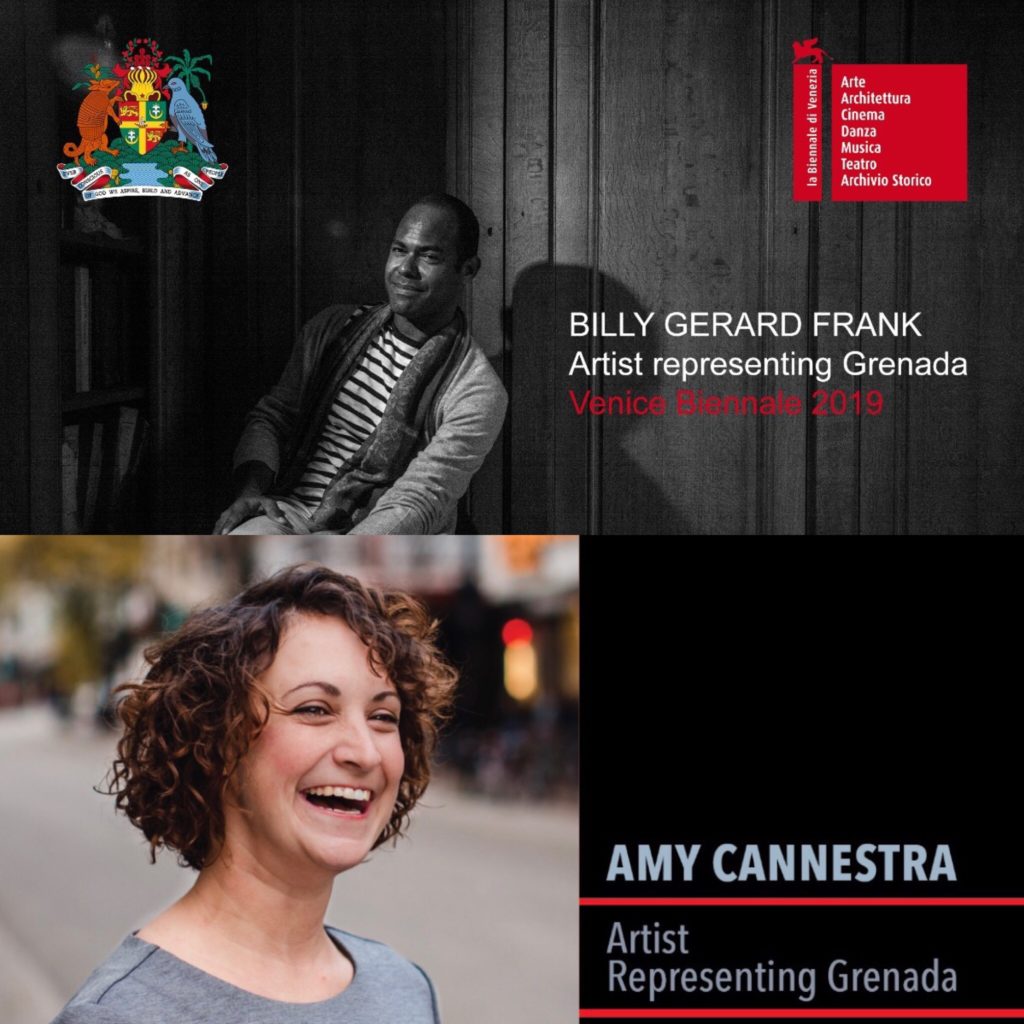
Images courtesy of GoFundMe.
Franck and Amy Cannestra, another artist representing the Caribbean nation, launched GoFundMe crowdfunding campaigns to raise money online. To date, Frank has raised $10,211 of his $20,000 goal (which, he says, is only a portion of his total budget of $70,000). Cannestra, meanwhile, has raised $1,375 of her $9,000 goal.
Fundraising, of course, tends to favor artists who are effective salespeople of their own work. The artist Joël Andrianomearisoa, who is representing Madagascar in its inaugural outing in Venice, presented his vision at dinners, conferences, professional meetings, and exhibitions. “This pavilion exists now because Joël is not only a very talented artist but also a very good communicator,” says Rina Ralay Ranaivo, the curator of the presentation.
For those who have day jobs on top of their art-making practices, fundraising can even become a third job. Shervone Neckles, an interdisciplinary artist who is also included in the Grenada Pavilion, works full-time as an artist programs manager at the Joan Mitchell Foundation. “Aside from my living expenses, my studio practice has its own budget line in my monthly expenses,” she explains.
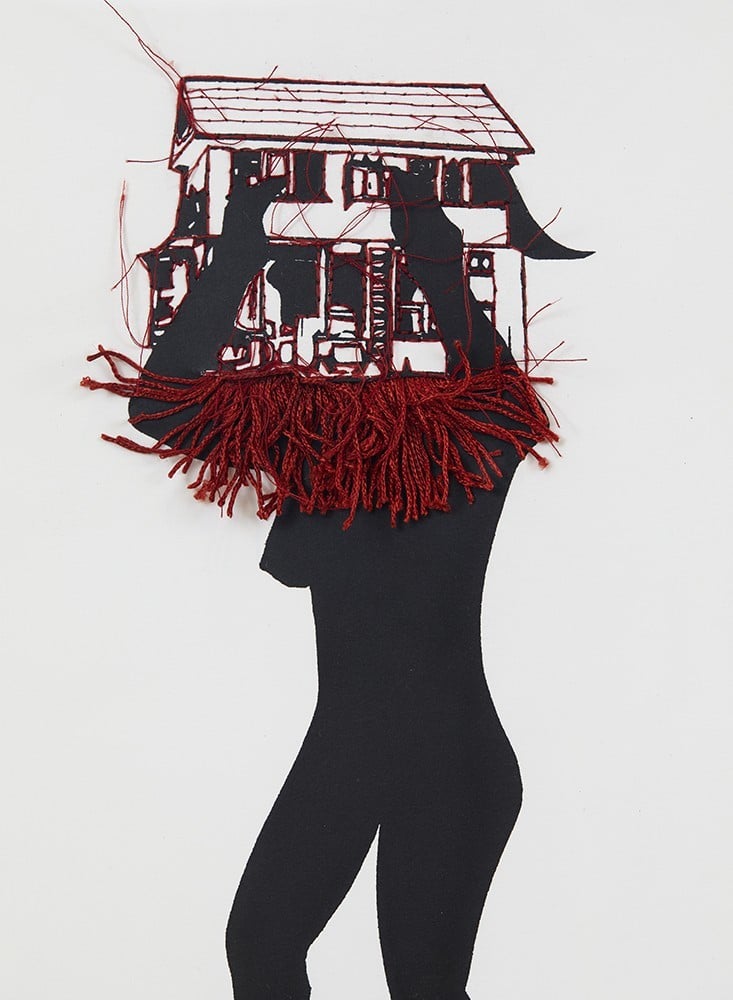
Shervone Neckles, Provenance 1 (2018). Courtesy of the artist.
Once her participation in Venice was confirmed, she drew up a new budget and pulled from her own savings as well as money she makes from art sales. “This also meant postponing projects, reallocating money and canceling a number of personal activities to financially meet these new obligations,” she says. Her budget for Venice is around $8,500.
Showing on a shoestring does not come without compromise. Some participants have opted to show older or existing work to limit production costs, while others have decided to work in a smaller scale than they might have envisioned.
Wei-ling notes that one artist who had initially planned to participate in the Malaysia Pavilion pulled out once she realized it would not be possible to retrofit the pavilion to show the complex work she had in mind, which would have required multiple trips to Venice ahead of time.
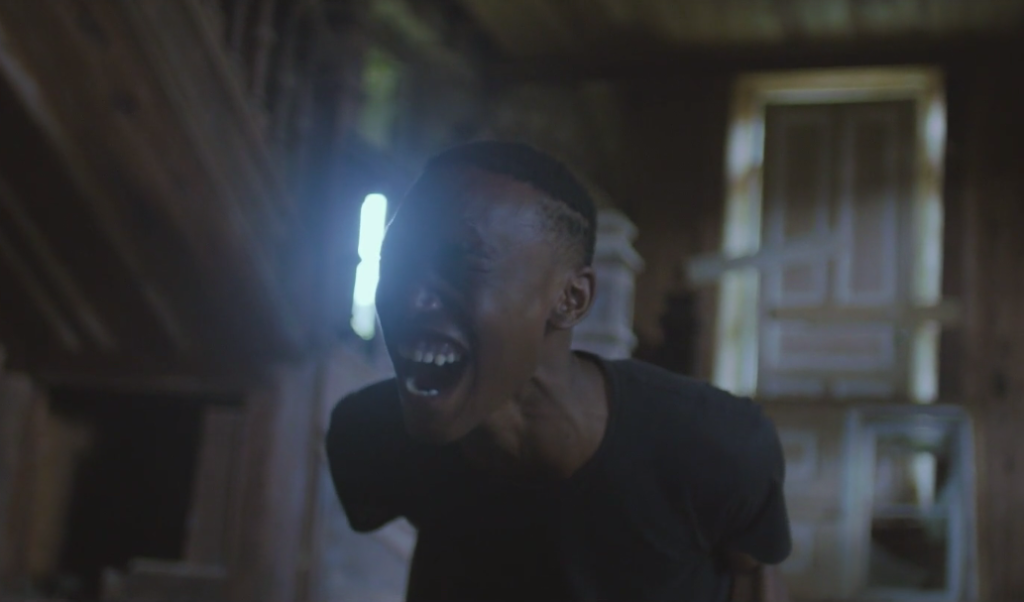
Screenshot from Billy Gerard Frank’s “Second Eulogy :Mind The Gap” courtesy of Vimeo and the artist, 2019.
Cannestra, of Grenada, had to significantly pare back her original proposal, which included a self-driving robot. “From that point, every decision about technology, material, sizes, etc, I had to ask myself, how much debt am I willing to take on for an opportunity of this caliber?” she says.
In the end, some countries who wished to participate were unable to make it work at all. In the months before this week’s opening, representatives from both Algeria and Kazakhstan abruptly announced on Facebook that they would no longer participate in this year’s biennale due to a lack of funding. The news was particularly devastating to artists like Gaisha Madanova, who quit her full-time job and abandoned two other exhibitions to dedicate her time to making new work for Kazakhstan’s pavilion.
The lengths both curators and artists will go to make their way to Venice is a testament to just how important they consider the opportunity. It is no less than a chance to make their name as an artist—and maybe even change the way the world sees their nation.
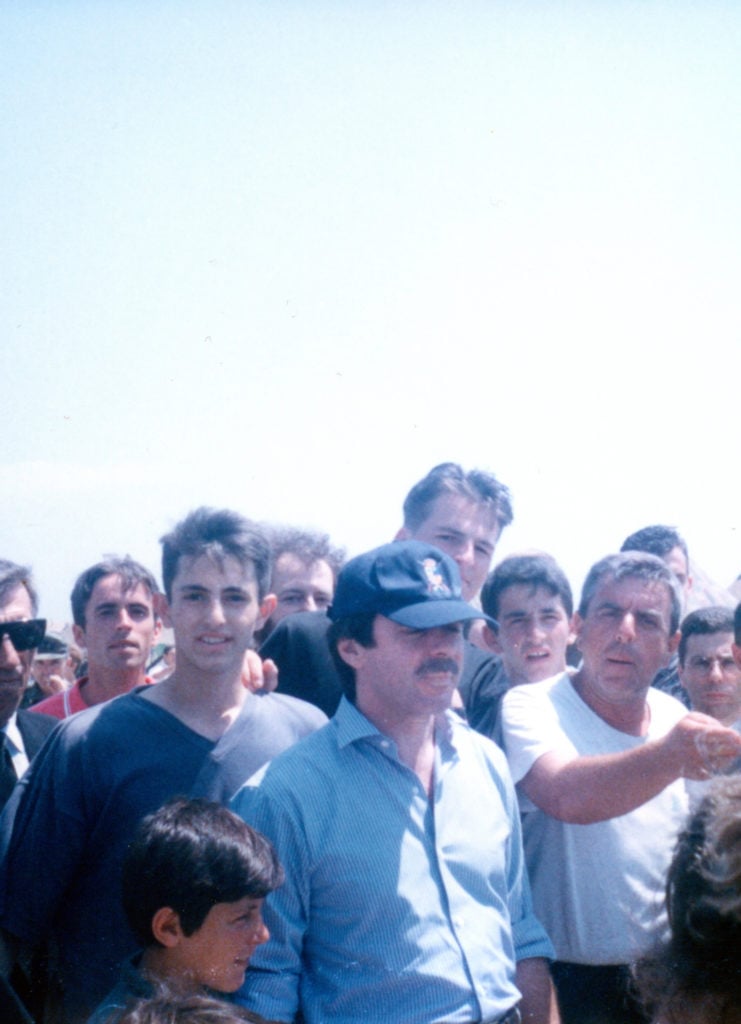
Alban Muja, Family Album (1999). Photo by Skender Muja at the Hamallaj refugee camp, Albania. © Muja Family. Courtesy of the artist.
“For a country that only gained its independence 11 years ago, and its freedom 20 years ago, participation in the Venice Biennale is of immense importance because in this context the Republic of Kosovo becomes a part of the world art network,” says Arta Agani, the pavilion’s commissioner and director of the National Gallery of Art in Kosovo.
As these organizers prepare to show their work to the world this week, many are relieved the hardest part is over. “We put together a pavilion we can be proud of,” Wei-ling says. “It’s not extravagant, but the work will stand on its own.”
Additional reporting by Rachel Corbett and Naomi Rea